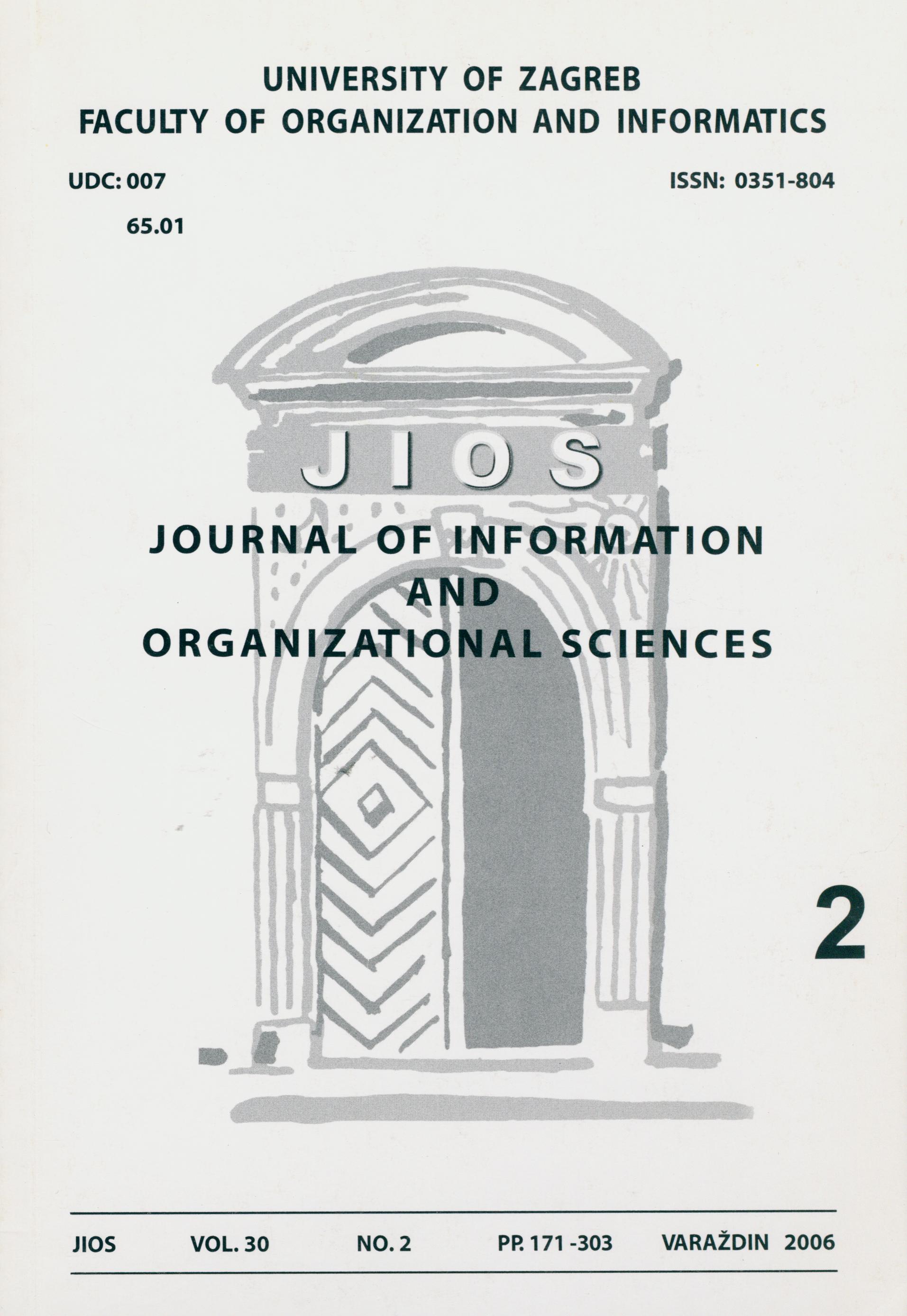MODEL-BASED VALIDATION AND VERIFICATION OF ANOMALIES IN LEGISLATION
MODEL-BASED VALIDATION AND VERIFICATION OF ANOMALIES IN LEGISLATION
Author(s): Vjeran StrahonjaSubject(s): ICT Information and Communications Technologies
Published by: Fakultet organizacije i informatike, Sveučilište u Zagrebu
Keywords: Modelling legislation; UML business models; validation and verification; anomalies in legislation;
Summary/Abstract: An anomaly in legislation is absence of completeness, consistency and other desirable properties, caused by different semantic, syntactic or pragmatic reasons. In general, the detection of anomalies in legislation comprises validation and verification. The basic idea of research, as presented in this paper, is modelling legislation by capturing domain knowledge of legislation and specifying it in a generic way by using commonly agreed and understandable modelling concepts of the Unified Modelling Language (UML). Models of legislation enable to understand the system better, support the detection of anomalies and help to improve the quality of legislation by validation and verification. By implementing model-based approach, the object of validation and verification moves from legislation to its model. The business domain of legislation has two distinct aspects: a structural or static aspect (functionality, business data etc.), and a behavioural or dynamic part (states, transitions, activities, sequences etc.). Because anomalism can occur on two different levels, on the level of a model, or on the level of legislation itself, a framework for validation and verification of legal regulation and its model is discussed. The presented framework includes some significant types of semantic and syntactic anomalies. Some ideas for assessment of pragmatic anomalies of models were found in the field of software quality metrics. Thus pragmatic features and attributes can be determined that could be relevant for evaluation purposes of models. Based on analogue standards for the evaluation of software, a qualitative and quantitative scale can be applied to determine the value of some feature for a specific model.
Journal: Journal of Information and Organizational Sciences
- Issue Year: 30/2006
- Issue No: 2
- Page Range: 295-303
- Page Count: 9
- Language: English

